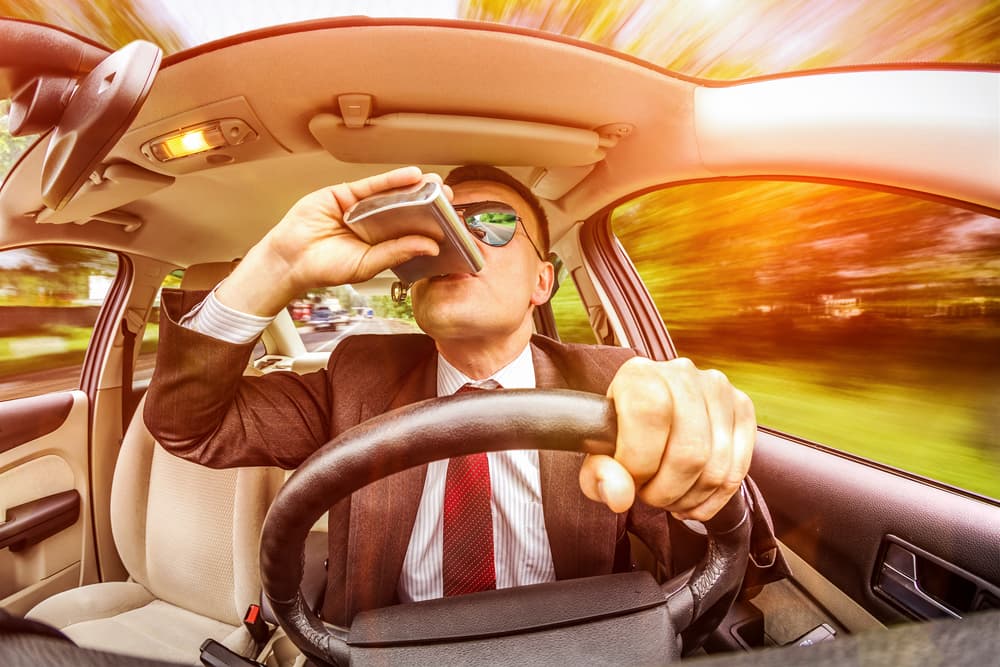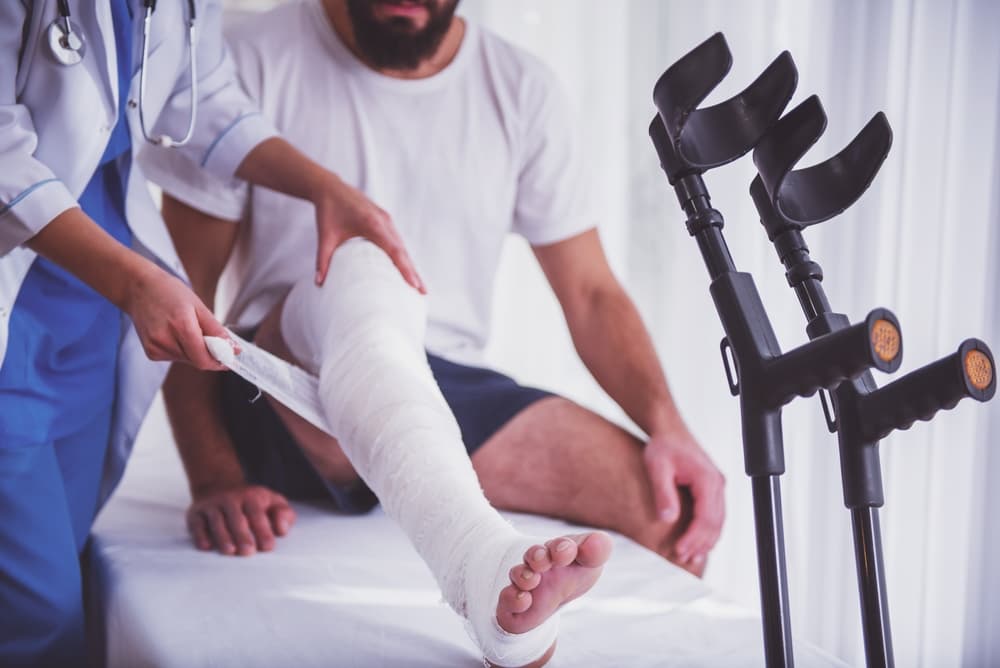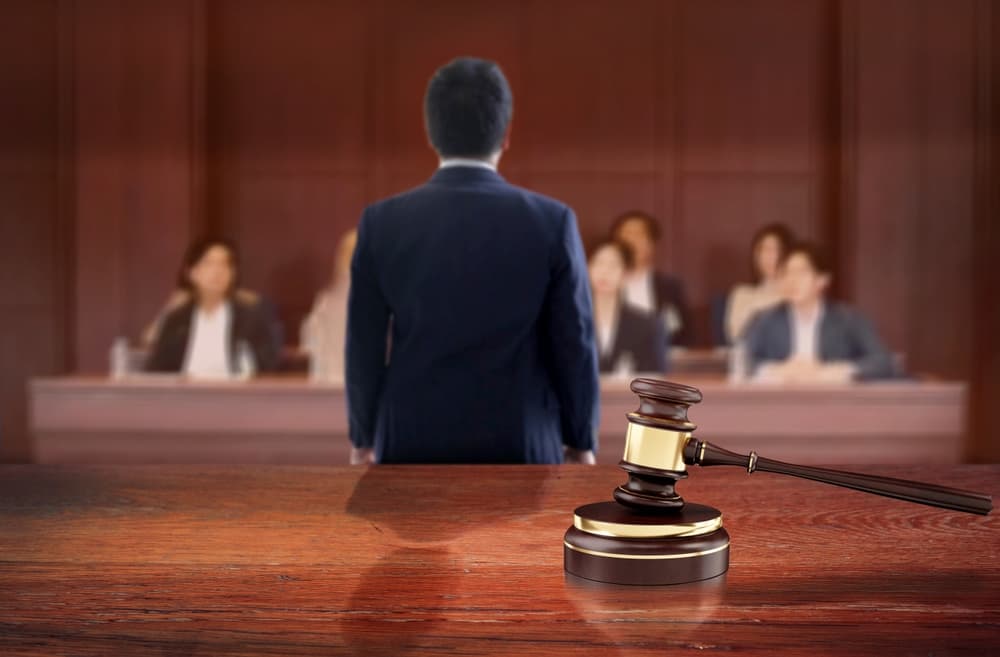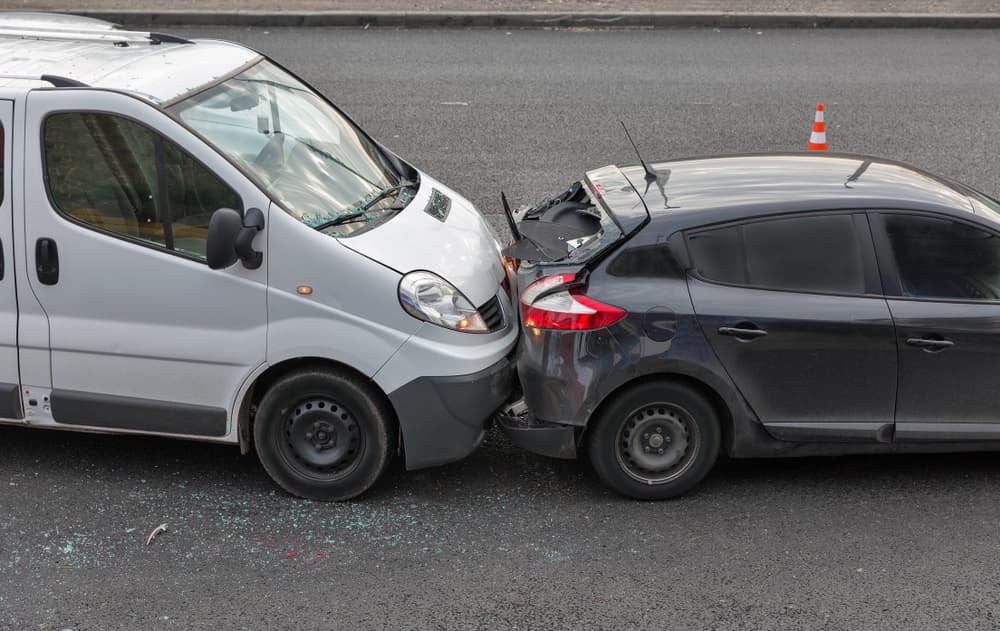Despite the many well-known dangers of drunk driving, many individuals still choose to get behind the wheel of a car or truck after having too much to drink. Unfortunately, this choice can have devastating and sometimes deadly consequences. Drunk driving accidents also frequently occur at high speeds, amplifying the injuries that drivers and their passengers suffer.
If you sustained injuries in a recent drunk driving accident, there are certain steps that you should take right away, including getting medical attention for your injuries, attending follow-up medical appointments, retaining all accident-related documentation, and consulting with an experienced drunk driving accident lawyer as quickly as possible. Your attorney can handle the legal steps of your case, including filing a personal injury claim on your behalf, while you focus on getting better. Your lawyer can also represent you during all settlement negotiations and, if necessary, during litigation in the state court system.
Schedule a Free Initial Consultation Today!
How Does Alcohol Intoxication Affect One’s Driving Abilities?

Alcohol intoxication significantly impairs a driver's abilities, posing serious risks to road safety. One of the primary effects is on cognitive functions, such as judgment, decision-making, and reaction time. As blood alcohol concentration (BAC) rises, these cognitive abilities become increasingly compromised. Drivers under the influence may struggle to assess situations accurately, leading to poor decision-making on the road.
Coordination and motor skills also suffer under the influence of alcohol. Impaired hand-eye coordination can result in difficulties maintaining control of the vehicle, affecting the driver's ability to steer, brake, or accelerate appropriately. This diminished motor control increases the likelihood of accidents and makes it challenging for an intoxicated driver to respond effectively to sudden changes in traffic conditions.
Alcohol's effect on perception is another critical factor. Intoxicated individuals may experience altered depth perception and visual acuity, affecting their ability to judge distances accurately. This distortion can lead to misjudgments in overtaking, merging lanes, or navigating curves – all of which contribute to a higher risk of collisions.
Furthermore, alcohol intoxication induces drowsiness, exacerbating the already sedative effects of driving. Fatigue significantly affects a driver’s attention and vigilance, increasing the probability of lapses in concentration and delayed responses to hazards. This combination of reduced alertness and impaired cognitive functions creates a dangerous synergy on the road.
Alcohol intoxication compromises a driver's cognitive functions, coordination, perception, and attention – collectively undermining their ability to operate a vehicle safely. The consequences of driving under the influence can be severe, leading to accidents, injuries, and fatalities. To ensure road safety, individuals must recognize the dangers of alcohol-impaired driving and make responsible choices to protect themselves and others on the road.
Types of Accidents that Drunk Drivers Cause
Drunk drivers contribute to a range of accidents that vary in severity. These accidents frequently result from impaired judgment, slowed reaction times, and compromised motor skills associated with alcohol intoxication. Some of the most common types of accidents that result from drunk driving include:
- Intersection Crashes – Drunk drivers may fail to obey traffic signals and signs at intersections due to impaired judgment and delayed reaction times. This can lead to collisions with vehicles crossing or turning at intersections, putting both drivers and passengers at significant risk.
- Rear-End Collisions – Intoxicated drivers often struggle to maintain a consistent speed and follow a safe distance from the vehicle in front. This increases the likelihood of rear-end collisions, especially in situations where the intoxicated driver fails to apply their brakes in time.
- Pedestrian and Cyclist Accidents – Alcohol-impaired drivers often struggle to notice pedestrians and cyclists or react in time to avoid a collision. This can lead to serious injuries or fatalities for vulnerable road users who are more exposed to the forceful impact of a vehicle.
- Head-On Collisions – Alcohol intoxication can lead to poor decision-making, including attempting risky maneuvers, such as overtaking another vehicle on a two-lane road. This can result in head-on collisions, which tend to be among the most severe and deadly types of accidents.
- Single-Vehicle Crashes – Intoxicated drivers are more prone to losing control of their vehicles, especially in situations requiring quick reflexes. This can result in single-vehicle crashes, where the impaired driver veers off the road, hits a tree, or overturns their vehicle. A passenger who suffers injuries in one of these accidents may pursue a personal injury claim with the at-fault driver’s insurer.
- Multiple Vehicle Pile-Ups – In scenarios where an intoxicated driver causes an initial collision, the delayed reaction times and impaired decision-making may contribute to secondary crashes involving other vehicles. This can lead to complex and multi-vehicle pile-ups with severe consequences.
- Wrong-Way Driving – Intoxicated drivers may become disoriented and enter highways or roads in the wrong direction. This dangerous behavior can result in catastrophic head-on collisions with vehicles traveling in the correct lanes.
If you suffered injuries in one of these types of accidents due to drunk driving, an experienced car accident lawyer can promptly evaluate your case and explore your available options for compensation.
How to Prove a Drunk Driving Accident Case
Legally proving a drunk driving car accident case involves presenting compelling evidence that establishes the intoxicated state of the driver and links it to the occurrence of the accident. Some key elements and steps involved in the process include:
- Police Reports and Arrest Records – The initial evidence in a drunk driving accident case often comes from the police officers who respond to the scene. Their reports document observations, field sobriety tests, and the driver's behavior. Arrest records may also include breathalyzer or blood test results, providing crucial information about the driver's blood alcohol concentration (BAC).
- Witness Statements – Eyewitness accounts can be instrumental in establishing the driver's impairment. Witnesses may testify about erratic driving behavior, slurred speech, or other signs of intoxication they observed before or after the accident.
- Field Sobriety Tests – Standardized field sobriety tests that law enforcement officers conduct, such as the walk-and-turn or one-leg stand tests, are designed to assess a driver's physical and cognitive impairment. The results of these tests can serve as evidence of intoxication.
- Breathalyzer or Blood Test Results – Testing the at-fault driver's BAC level is a crucial aspect of proving drunk driving. Breathalyzer results or blood test reports provide quantitative evidence of alcohol consumption, helping establish the driver's impairment at the time of the accident.
- Accident Reconstruction – In some cases, accident reconstruction experts may be necessary to recreate the events leading to the crash. Their analysis can help establish the cause of the accident and support the claim that the driver's impairment played a role.
- Surveillance Footage – If available, surveillance footage from nearby cameras can provide visual evidence of the driver's behavior leading up to the accident. This may include swerving, erratic driving, or other signs of impairment.
- Medical Records – Injuries sustained in the accident may necessitate medical attention for the accident victim(s). Medical records can help to establish the severity of injuries and link them to the accident.
- Expert Testimony – Legal professionals may call upon toxicology experts to testify regarding the effects of alcohol on the body and how the driver's BAC level may have influenced their ability to drive safely.
Collectively, these pieces of evidence contribute to building a strong case against a drunk driver. Successfully proving a drunk driving accident case involves meticulous gathering and presentation of evidence to demonstrate the driver's impairment – and its direct connection to your accident and injuries.
Injuries in Drunk Driving Car Accidents
Drunk driving car crashes often result in a range of injuries due to the heightened risk of accidents resulting from impaired judgment and delayed reactions. The severity of injuries can vary, but some are more commonly associated with these collisions, including:

- Traumatic brain injuries (TBIs)
- Spinal cord injuries
- Facial contusions
- Rib fractures
- Whiplash and neck injuries
- Broken bones
- Internal injuries
- Open cuts and lacerations
- Emotional and psychological trauma
The combination of high-speed collisions, impaired judgment, and the increased likelihood of multiple collisions in drunk driving accidents contributes to the severity and diversity of injuries. If you suffered one or more injuries in a drunk driving accident, your car accident attorney can investigate your case and file a personal injury claim while you seek treatment and attend medical appointments.
Important Steps to Take after a Drunk Driving Car Accident
In the aftermath of a drunk driving accident, taking the right steps is crucial to ensuring your safety, protecting your legal rights, and facilitating the process of seeking compensation. Here are some important steps to take following a drunk driving accident:
- Seek Ongoing Medical Attention – Even if injuries appear minor, seek medical attention promptly. Some injuries may not be immediately apparent, and early documentation of injuries is essential for insurance claims. You should also follow through on all recommended treatments and procedures and wait for a medical facility to formally discharge you from care.
- Report to the Police – Following the accident, you should also cooperate fully with law enforcement. Provide a detailed and accurate account of the events leading up to the accident, and be sure to mention any suspicions or observations related to the other driver’s alcohol impairment.
- Contact the Insurance Company – Your car accident lawyer can report the accident to your insurance company as soon as possible, provide them with the necessary details, and submit a personal injury claim on your behalf.
- Retain all Documentation – You should also retain all documentation pertinent to your accident and forward it to your attorney, including eyewitness statements, police reports, medical treatment records, medical bills, and lost income documentation. Your lawyer can then forward these documents to the insurance company as part of your settlement demand package.
Promptly taking these steps will contribute to a smoother recovery process and ensure that necessary evidence remains preserved for your personal injury claim or lawsuit.
Seeking Compensation for Your Car-crash Injuries
Victims of drunk driving car accidents may be entitled to various damages to compensate them for their losses. These damages are typically recoverable through a personal injury claim against the intoxicated driver. Specific types of damages that an accident victim may recover include:
- Medical Expenses – Car accident victims may seek compensation for both past and future medical expenses related to the injuries they suffered in their drunk driving accident. This includes costs for emergency medical care, hospital stays, rehabilitation, medications, procedures, and any necessary assistive devices.
- Lost Earnings – If the victim cannot work due to their accident-related injuries, they may be entitled to compensation for lost income. This encompasses income they lost during their recovery period and potential future earnings if they became permanently disabled in the crash.
- Pain and Suffering – Non-economic damages, such as physical pain, emotional distress, and mental anguish, are also compensable in a claim or lawsuit. Determining the value of pain and suffering is subjective and often involves factors such as the nature and extent of the accident victim’s injuries, the effect of the injuries on their daily life, and related emotional trauma.
- Disfigurement and Scarring – If the accident results in permanent disfigurement or scarring, the victim may be entitled to compensation for the physical and emotional effects of such alterations to their appearance.
- Property Damage – Damages to the victim's vehicle or other property as a result of the drunk driving accident are also recoverable. This includes repair or replacement costs for the damaged vehicle and any personal belongings inside.
- Loss of Consortium and Companionship – In cases where the victim's injuries significantly alter their relationship with a spouse or family member, the injured party or their family may seek compensation for loss of consortium, companionship, intimacy, and support.
- Funeral and Burial Expenses – In tragic cases where a drunk driving accident leads to a fatality, the victim's family may pursue compensation for funeral and burial expenses. This includes costs associated with the final arrangements and ceremonies.
The availability and extent of damages can vary based on state laws and the specific circumstances of each case. Seeking the guidance of a personal injury attorney is crucial for accident victims to understand their rights, navigate the legal process, and pursue the appropriate compensation for their losses.
Speak with a Drunk Driving Car Accident Lawyer Right Away
Victims of drunk driving car accidents must typically file a personal injury lawsuit within two years of their accident date. Otherwise, they may unintentionally waive their right to recover damages for their losses. An experienced personal injury attorney in your area can take the appropriate legal steps in a timely manner, securing your ability to recover the full compensation you deserve.



